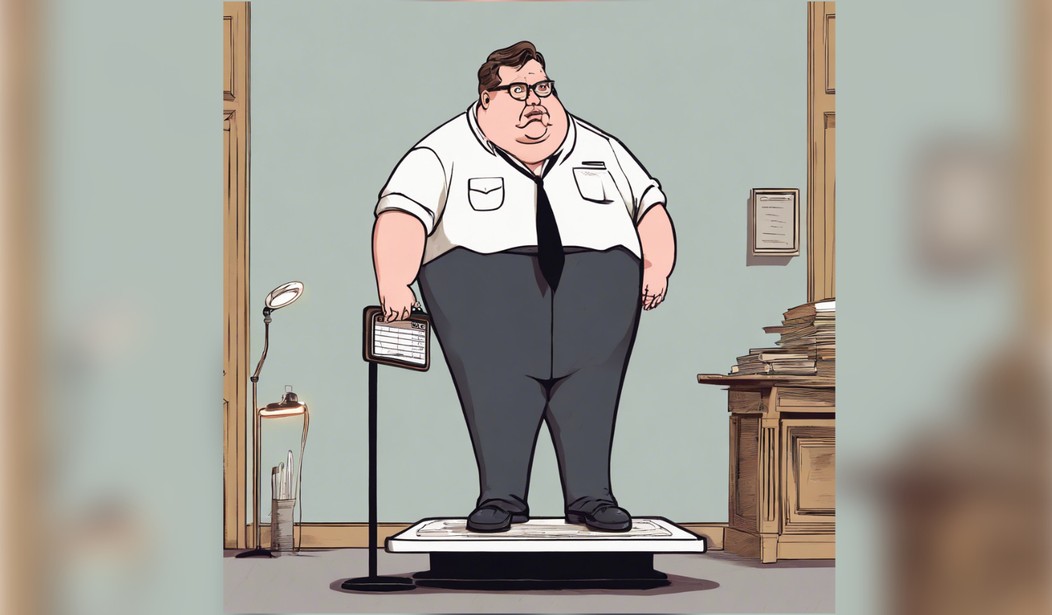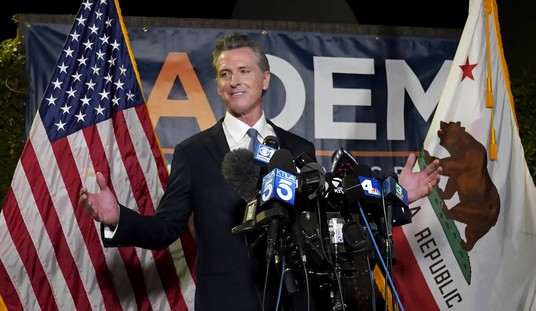It might be an understatement to say that we live in an era of big government. The administrative regulatory state has ballooned out of control and shows no sign of shrinking anytime soon.
But how bad is the bloat? Advancing American Freedom, the organization that former Vice President Mike Pence founded, has released a new report that tracks the growth of the red tape that entangles us all.
If, like me, you’re not a numbers person, your eyes may glaze over at these statistics. Then again, it may be the sheer enormousness of our federal bureaucracy making your eyes bug out.
For starters, the report shows how much the Federal Register, the daily publication of federal rules, regulations, executive orders, and administrative actions, has grown since 1976. In that Bicentennial year, the Federal Register clocked in at 57,072 pages, and that number alone is enough to signal an overreaching administrative state. But at the end of 2023, the Federal Register was an astonishing 90,402 pages—a 58% growth in 47 years!
It gets crazier. This probably won’t shock you, but the Federal Register began to grow even fatter during the Obama years. The Federal Register was only — “only” — 69,643 pages in 2009, which signals a 30% growth just since the Condescender in Chief came onto the scene. The Code of Federal Regulations has seen similar growth, ballooning from about 163,000 pages in 2009 to over 188,000 pages in 2021. Regulatory agency budgets have doubled since 1980 as well.
With the growth of regulations and administrative actions comes an impact on the economy. Regulations that notably affect the economy are called Economically Significant Rules (ESR), and you better believe those have popped up like weeds over the years. The report shows that the Obama administration released an average of 62 ESRs a year, for a whopping 497 over the course of two terms. By contrast, the Reagan administration put out 159 ESRs in eight years.
The Trump administration was fond of ESRs, too, publishing 118 of them between 2017 and 2019. The Biden administration has turned the ESR into an art form. In the first three years of the Biden era, the White House released 196 ESRs, but you ain’t seen nothing yet.
“As he approaches the end of his term, President Biden has stepped up the release of major regulations,” the report states. “In April 2024, Biden released 34 Economically Significant Rules, the most for any one month dating back to at least the Reagan Administration. This increase is likely due, in part, to the fact that rules finalized later in the year may be at risk of being overturned through the Congressional Review Act.”
Related: Congressional Republicans Take Aim at Biden’s Electric Truck Rule
What’s this bureaucratic bloat costing the American taxpayer? The numbers are sobering.
“President Biden has jumpstarted a rapid expansion of new rules and mandates to support his left-wing agenda,” the report explains. “From the start of his administration to early May 2024, the Biden Administration has released nearly 900 final rules which are expected to cost an astounding $1.47 trillion. This wave of regulatory activity has picked up heading into 2024. A swath of final rules released during the first four months of 2024 are projected to cost some $1 trillion.”
And what about the federal payroll? Under this astounding federal growth, the government has grown to over 400 agencies and departments. The payroll has grown from a little over a million federal employees in 2000 to about 2.2 million in 2021 — and that doesn’t count the Departments of Defense and Homeland Security or postal employees. This year, the federal government will dole out $390 billion in payroll and benefits to civilian employees.
Of course, we can chalk much of this bureaucratic overreach to what we call Chevron decision, as the report explains:
This power grab by the regulatory state has been, in part, a result of the disastrous Chevron decision made by the Supreme Court in 1984. The Chevron decision effectively left it up to federal agencies to interpret vague statutory language, leading the bureaucracy to overreach well beyond its Constitutional authority.
Emboldened by the Chevron decision, the regulatory state has repeatedly relied on the deference to expand its scope and impose new red tape on the American people. A study published in 2015 surveyed regulators from seven executive departments on the rule making and interpretation process. In the survey, regulators were asked about a series “tools” or precedents and their influence on the drafting of federal rules. The survey found that 90% of the agency employees relied on the Chevron deference during the rule drafting process.
Something has to give. The administrative state has played by the “If You Give a Mouse a Cookie” playbook for far too long. The American people notice it, too.
For 30 years, Gallup has asked Americans whether the government is doing too much or too little. Every year, more Americans say that the government does too much than those who say it does too little. In 2023, 54% of those surveyed said the federal government was too big.
Additionally, 57% of Americans in 2023 told Gallup that the federal government has too much power, contrasted with 7% who said it has too little power. (Who are these 7%, and can we send them to Cuba?) Forty-four percent also say that the government puts too much regulation on businesses.
"Every time the government steps in to 'help,' it means headache to the American people. The Biden administration's 'help' has led to record levels of inflation, drastic increases in burdensome regulations, and invasive mandates that attempt to tell Americans what stove to use and what car to drive," said Pence in a statement. "The American people have been clear about what they want: limited government and fewer regulations and less 'help' from the bureaucrats. We need to get back to less government intervention, energy independence, and pro-growth policies that make life easier for the American people and create a nation where there is abundance and prosperity."
Amen to that! The Founding Fathers never intended for this country to have such a massive and unwieldy administrative bureaucracy. We have to find a way to rein it in and shrink it.
The fight to shrink government is one that we're in together, and you can help us by becoming a PJ Media VIP. What does a VIP membership mean for you? It’s like being part of the cool kids’ club, with access to the comments section, exclusive articles, podcasts, and an ad-free experience at your fingertips.
A PJ Media VIP membership is a tremendous value on its own, but you can use the code SAVEAMERICA to get a 50% discount. There's never been a better time to become a PJ Media VIP.










Join the conversation as a VIP Member